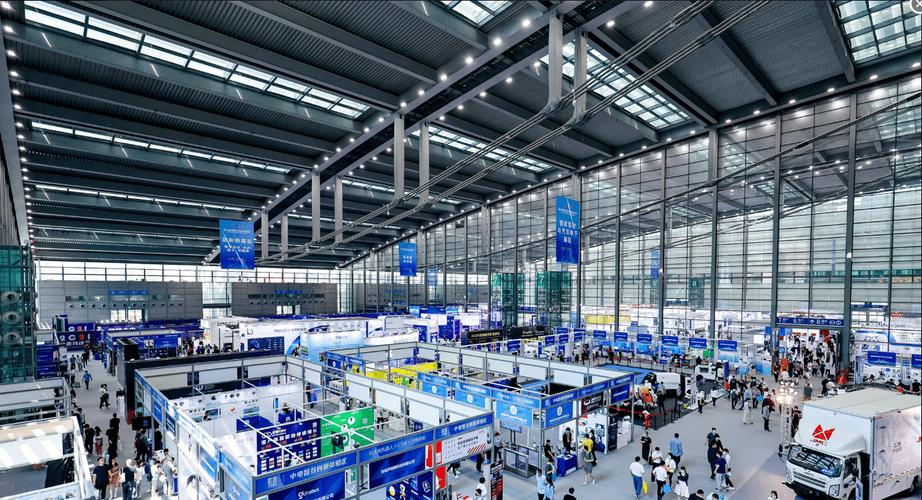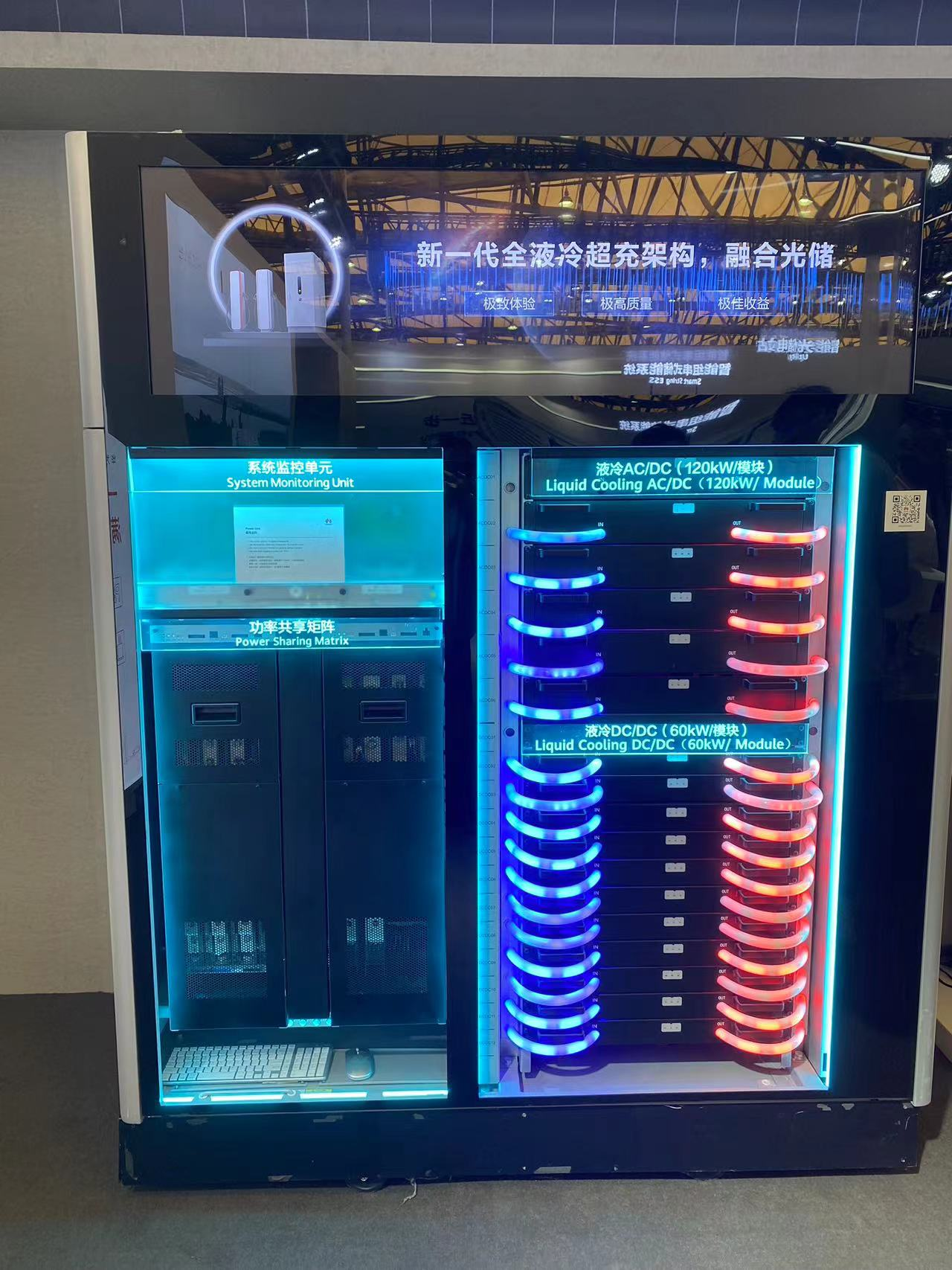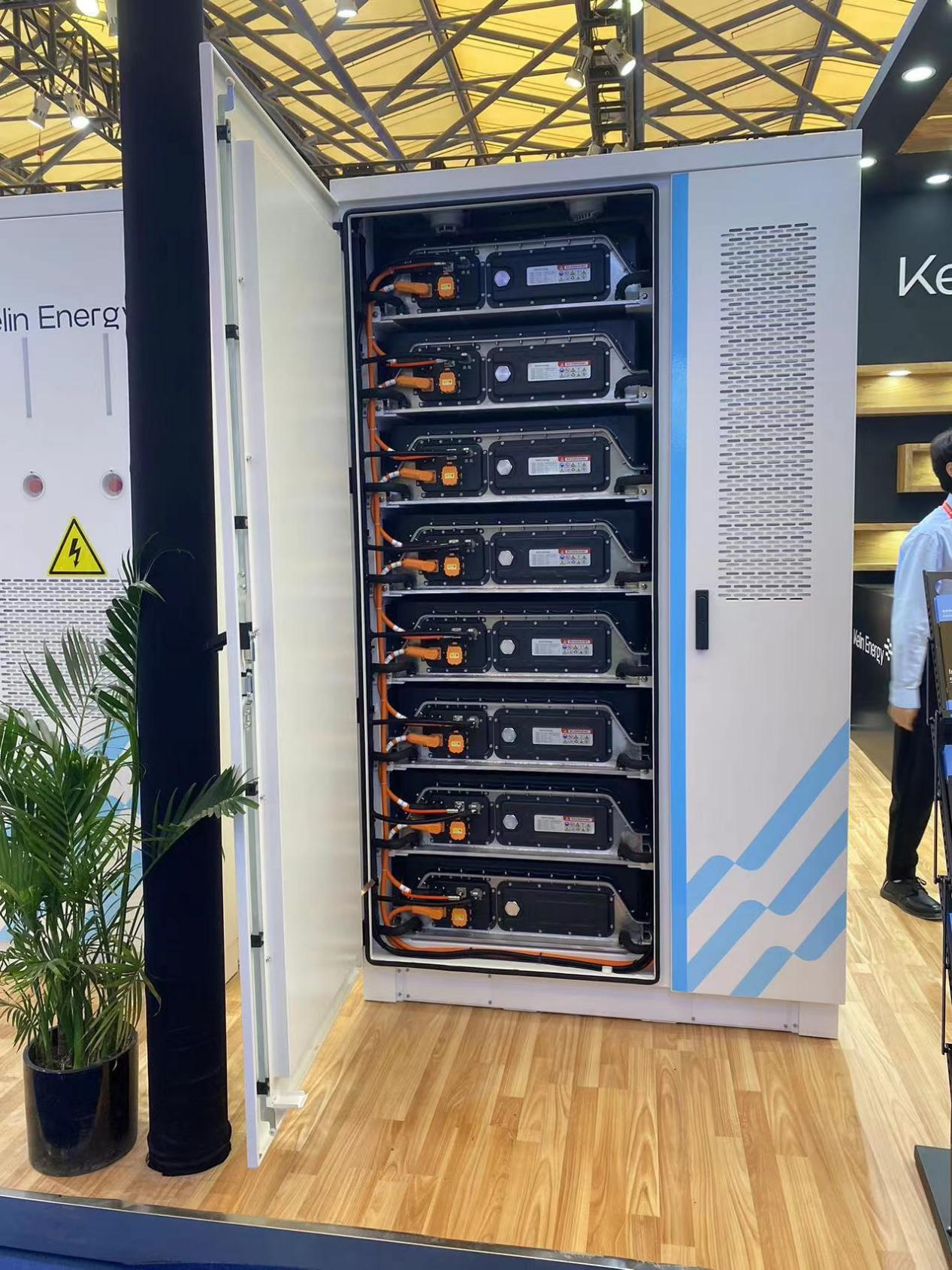This week, the SNEC 8th International Energy Storage Technology and Equipment Exhibition and Application (Shanghai) Conference, also known as the "SNEC ES+ 2023 International Energy Storage Exhibition," concluded after three successful days. Noteworthy experts from government, academia, and the business sector shared their insights and core reflections during this event, emphasizing the significance of solar energy and the role of solar power in shaping the future of commercial energy storage systems.
Shifting Energy Storage Business Models
The landscape of energy storage business models is shifting from the supply side to independent shared energy storage, a transition that is gaining momentum. Furthermore, the integration of distributed solar energy storage is expected to be a pivotal development trend. Amid these changes, professionalism becomes crucial to navigate these evolving dynamics successfully, especially in the context of solar energy.
A Pivotal Year for Energy Storage Products
The year 2023 marks a significant year for energy storage products, including the emergence of advanced LiFePO4 solar generators. Various companies have focused on essential considerations, including product safety, cost, and highly integrated designs, particularly centered around 314Ah energy storage cells and 20-foot 5MWh+ standard container products. Experts have also delved into the current status and challenges of energy storage standards, the future directions of diverse technical routes, and the dilemma of whether energy storage equipment manufacturers should pursue platformization or specialization, all of which are critical aspects of the evolving field of solar energy storage.
Professionalism as the Key to Survival
As the energy storage industry undergoes a transformation, professionalism is the key to survival, especially in the context of solar energy. The industry's focus remains on driving energy storage to become cost-competitive, extending the lifespan of solar power and energy storage systems, transitioning from mandatory energy storage on the generation side to independent shared energy storage, and reducing costs on both the generation and grid sides, all of which significantly contribute to industry progress in the realm of solar energy.
Challenges in Achieving Profitability
Currently, energy storage power plant utilization on the generation side stands at only 6%. The Shandong energy storage power plant sets an example by operating in both shared and independent modes, achieving the highest level of marketization within the container energy storage sector. It facilitates capacity leasing, electricity trading, spot trading, and frequency regulation, providing valuable insights into the future of solar energy storage and its impact on the solar power landscape.
However, profitability for shared and independent energy storage power plants remains challenging to attain and may even result in losses. The primary reason is the high cost of battery energy storage, a challenge that calls for innovative solutions and technology breakthroughs in the context of solar energy and solar power.
Innovations in Energy Storage
Addressing the cost issue requires new technological breakthroughs and innovative business models in the field of solar energy storage, particularly in the commercial energy storage system sector. We believe that these innovations should focus on leveraging LiFePO4 solar generators and grid system reforms as a means to drive progress in the solar energy storage industry.
The Smile Curve
In any industry chain, the ultimate trend typically forms a smile curve, with the highest profit margins at both ends and significant compression in the middle. This trend holds true in the context of solar energy and commercial energy storage systems.
Challenges for Midstream Manufacturers
Midstream energy storage equipment manufacturers are grappling with the pressures of vertical integration and platform development, especially in the domain of solar energy storage. To thrive in the future, energy storage equipment must transition toward branding and higher-end offerings, bolster their ability to serve end customers, and address issues related to battery recycling and responsibility, all of which have a direct impact on the future of solar energy.
Market Participation and Energy Storage Models
As of the end of June this year, there are 645 operational new energy storage power plants with a total installed capacity of nearly 16 million kilowatts. The solar energy storage sector is exploring four potential business models:
Power source-side energy storage, promoting the integration of wind and solar energy, known as "source-grid-load-energy storage integration" in the context of solar energy.
Shared energy storage, primarily through capacity charges within specific areas. Grid companies can also establish grid-replacement energy storage primarily focused on grid functions, with key applications in emergency power supply, capacity replacement in remote areas, and improving wind power service quality within the realm of solar energy.
User-side energy storage, combining photovoltaics with energy storage, a concept closely related to solar power.
Encouraging independent energy storage to participate in the market, obtaining energy compensation and capacity leasing charges through various services, achieving higher profit levels, and participating in the market through aggregation, all of which have implications for solar energy storage and its role in the solar power landscape. In the future, energy storage should transition from one-charge and one-discharge to one-charge and multiple-discharge, depending on demand and the evolution of solar power.
Technology vs. Standards
The debate of whether technology or standards should take precedence remains a critical consideration, particularly in the context of solar energy storage and its impact on the solar power sector.
Enhancing Energy Storage Standards
Regarding China's new energy storage product standards and testing certification, there is room for improvement within the field of solar energy storage. While lithium-ion battery standards have been refined, safety standards like thermal runaway are relatively lacking. Vanadium flow battery standards have a more comprehensive system, but challenges remain within the solar energy storage sector. Sodium-ion batteries are gaining prominence, although related testing work has yet to commence. Mechanical energy storage, including compressed air and flywheel energy storage, has limited standards, primarily relying on group standards. There is currently no predominant certification for supercapacitor energy storage, as it remains in the research and development stage, a crucial aspect in the context of solar energy storage.
Safety and Stability in Energy Storage
Presently, there is insufficient certification for the safety and stability of energy storage systems in the solar energy storage sector. Companies are eager to connect to the grid, leading to short testing and verification cycles that hinder comprehensive safety testing in solar energy storage. Furthermore, there is a shortage of systemic product-level testing methods within the solar energy storage domain, with most testing confined to the product level rather than the system level, presenting a developmental gap in the industry of solar energy storage.
The Rise of 5MWh+ Containers
Single 5MWh containers and larger systems are emerging as an industry trend within the domain of solar energy storage.
Advancements in System Energy Density
The rise in system energy density primarily stems from high-integration designs and high-energy-density battery cells, such as 314Ah battery cells. Within the solar energy storage sector, LiFePO4 solar generators have gained popularity, especially with single-door designs and large battery packs, which typically hold 104 battery cells. These trends have significant implications for the solar power landscape.
Ensuring Energy Storage Safety
LiFePO4 solar generators are becoming a preferred choice for energy storage due to their high energy density and safety features. They also contribute to cost reduction and optimal land utilization in the context of solar energy storage.
Safety Standards for Energy Storage
Ensuring the safety of energy storage systems is also a growing trend, particularly in the realm of solar energy storage. National standards now require enhanced fire protection accuracy, with specific provisions for automatic fire suppression systems in LiFePO4 solar generators. These systems are designed to protect battery modules, ensuring their safety. Moreover, solar energy storage companies are increasingly focusing on thermal runaway prevention, heat insulation, and fire detection technologies, which are essential for ensuring the safety of solar power systems and commercial energy storage systems.
In conclusion, the energy storage sector is evolving rapidly, with continued exploration of new technologies, business models, and safety standards to meet growing demands and promote the sustainable development of solar power and solar energy storage systems, with a specific emphasis on LiFePO4 solar generators.
If you're interested in learning more about our solar energy storage offerings, we encourage you to explore our product line. We offer a range of panels and battery that are designed for various applications and budgets, so you're sure to find the right solution for your needs.
Website:www.fgreenpv.com
Email:Info@fgreenpv.com
WhatsApp:+86 17311228539
Post time: Nov-07-2023














